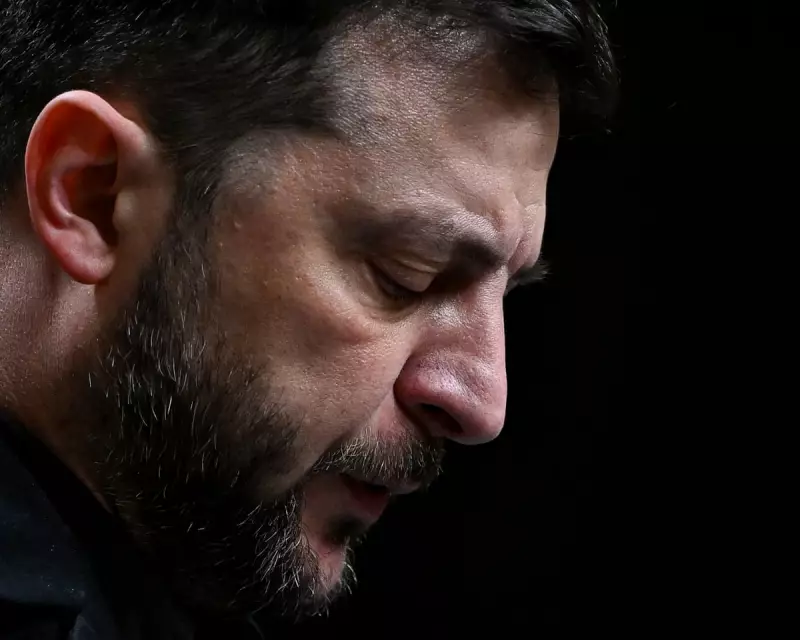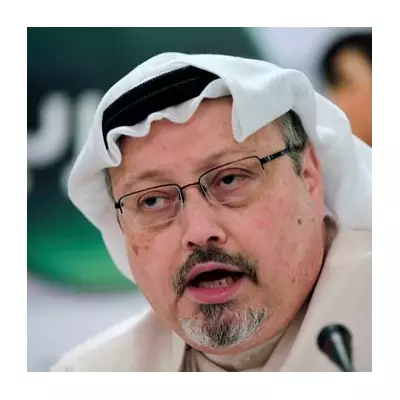
Ukrainian President Volodymyr Zelenskyy has confirmed he intends to discuss a controversial peace proposal drafted by US and Russian officials with former President Donald Trump in the coming days. The plan, which has sparked outrage in Kyiv, would require significant concessions from Ukraine including territory loss and military reductions.
The Controversial Peace Proposal
According to drafts obtained by multiple news outlets including Axios, AFP and Associated Press, the 28-point plan represents what many Ukrainian officials are calling a capitulation to Russian demands. The proposal would see Ukraine relinquish control of the Donbas region to Russia, with Crimea, Luhansk and Donetsk being recognised as de facto Russian territory by the United States.
The southern regions of Kherson and Zaporizhzhia, which Russia has falsely claimed to annex, would be frozen along the current line of contact under the proposed agreement. Areas from which Ukrainian forces have withdrawn in Donetsk would become a demilitarised zone that Russian forces would not enter.
Zelenskyy responded cautiously to the proposal, stating that any peace deal must ensure a dignified peace with respect for Ukrainian independence and sovereignty. However, his administration's measured response contrasted sharply with other Ukrainian officials who described the plan as absurd and effectively ending Ukraine's existence as an independent nation.
Military and Security Provisions
The security aspects of the proposal would significantly impact Ukraine's defensive capabilities. The plan calls for reducing Ukraine's army to 600,000 personnel, representing a substantial reduction from its current size. Additionally, NATO would be barred from stationing troops in Ukraine, and the country would be formally excluded from joining the military alliance.
These provisions directly contradict Ukraine's longstanding security objectives and align closely with previous Russian demands made public throughout the conflict. The proposal does mention that Ukraine would receive reliable security guarantees, though specific details remain unspecified. European jets would be stationed in neighbouring Poland as part of the arrangement.
The Zaporizhzhia nuclear plant, which has been occupied by Russian forces since March 2022, would come under International Atomic Energy Agency supervision, with electricity production shared between Russia and Ukraine.
Diplomatic and Economic Implications
The proposed deal includes significant diplomatic concessions that would see Russia reintegrated into the global economy and readmitted to the G8 group of nations after nearly four years of stringent sanctions. The document explicitly states that Russia would not invade neighbouring countries and NATO would not expand further.
White House press secretary Karoline Leavitt confirmed the Trump administration's support for the plan, describing it as a good solution for both Russia and Ukraine. She revealed that US special envoy Steve Witkoff and Secretary of State Marco Rubio had been quietly developing the proposal with both Russian and Ukrainian officials for approximately one month.
The plan includes enforcement mechanisms, with all sanctions snapping back into place if Russia were to invade Ukraine again, accompanied by a decisive coordinated military response. Additionally, $100 billion in frozen Russian assets would be dedicated to rebuilding Ukraine, while other funds would be invested in a US-Russian investment fund aimed at strengthening relations.
Other provisions include holding Ukrainian elections within 100 days and implementing educational programs in both countries to promote cultural understanding and eliminate racism and prejudice.
The proposal has raised concerns among Ukraine's European allies, who have long insisted they should play a role in peace talks given the broader implications for European security, particularly on NATO's eastern flank.





